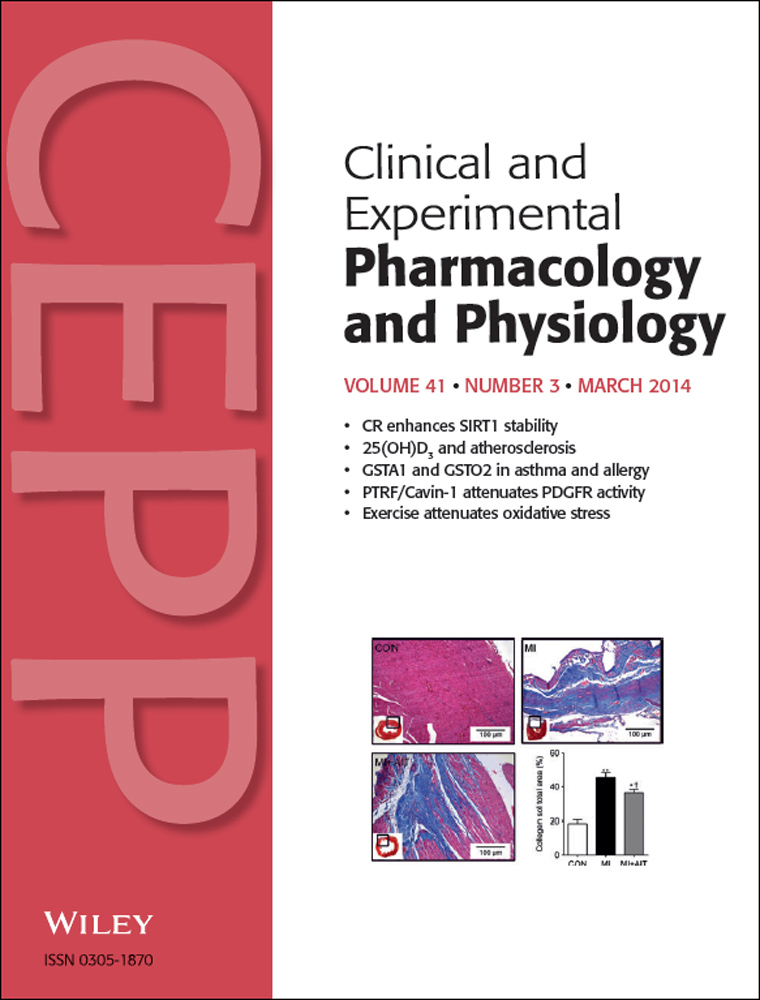Original Article
Increased polymerase I and transcript release factor (Cavin-1) expression attenuates platelet-derived growth factor receptor signalling in senescent human fibroblasts
Summary
- Previously, we showed that the essential caveolar component polymerase I and transcript release factor (PTRF) was upregulated and promoted caveolae formation in senescent cells. In addition, we found that overexpression of PTRF increased the number of caveolae and induced cellular senescence.
- Unresponsiveness to growth factor is one of the fundamental characteristics of senescent cells, although normal levels of receptors and downstream signalling molecules are present in senescent cells.
- Herein, we investigated the role of PTRF in the regulation of platelet-derived growth factor (PDGF) signalling in young and senescent cells.
- We first confirmed that PTRF was upregulated in senescent human fibroblasts and aged mouse tissues. We then examined the activation of extracellular signal-regulated kinases (ERK) in young and senescent cells after PDGF stimulation.
- Our results show that expression of PDGF receptors (PDGFRs) was not altered during cellular senescence. Interestingly, phosphorylation of ERK1/2 was induced upon PDGF stimulation of young, replicating cells but not senescent cells. Induction of ERK1/2 phosphorylation was impaired in senescent cells and PTRF-overexpressing presenescent cells. Furthermore, our results show that PTRF interacts with PDGFRs and this interaction is increased in senescent cells.
- These results suggest that the unresponsiveness of senescent fibroblasts to PDGF stimulation may be due to increased levels of PTRF and the formation of caveolae, which, in turn sequester growth receptors, such as PDGFR and its signalling molecules.




